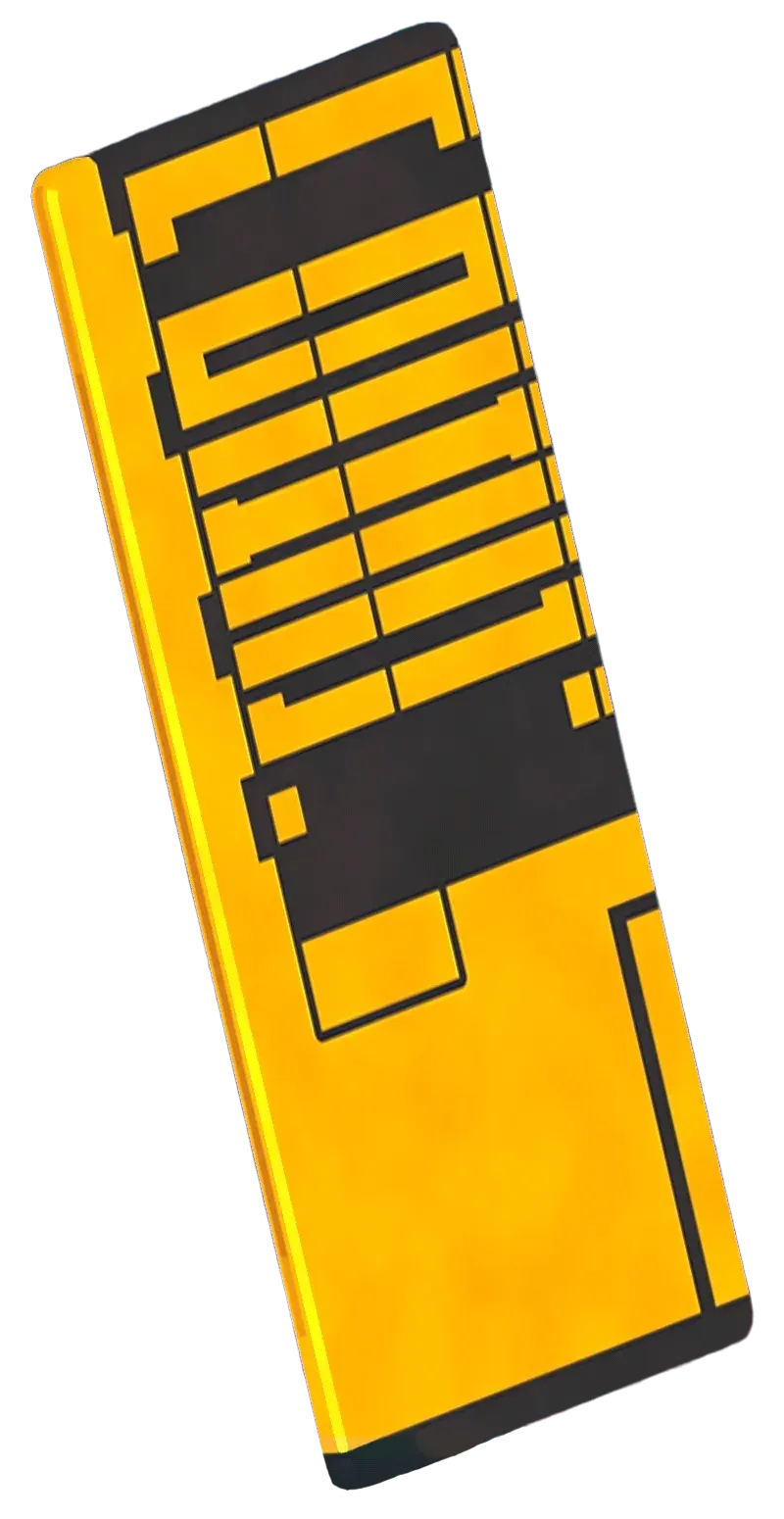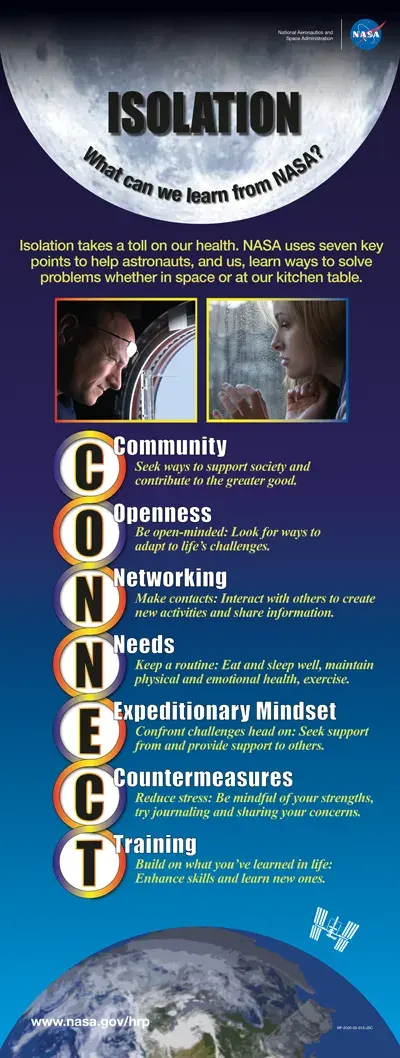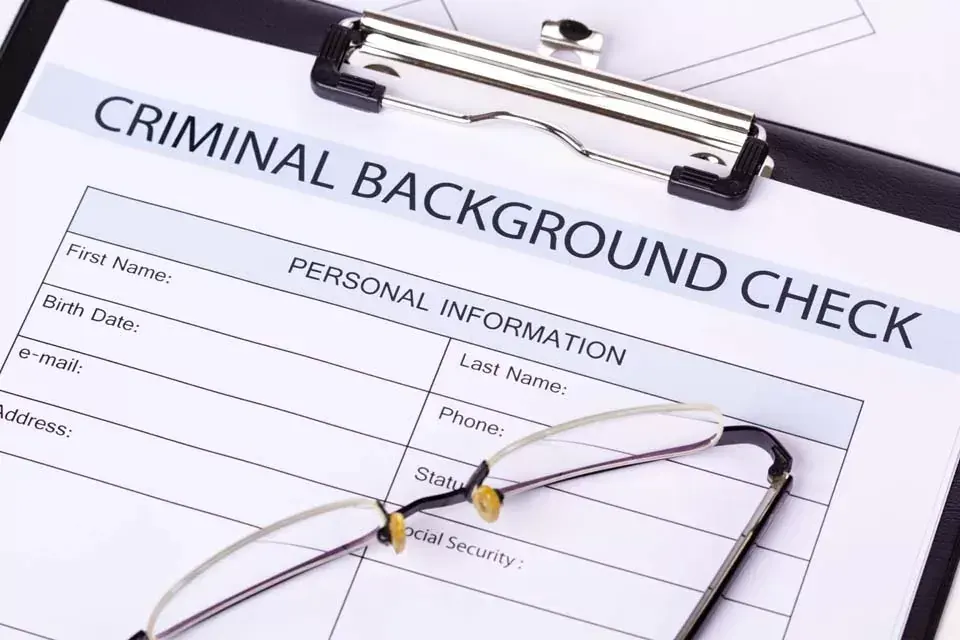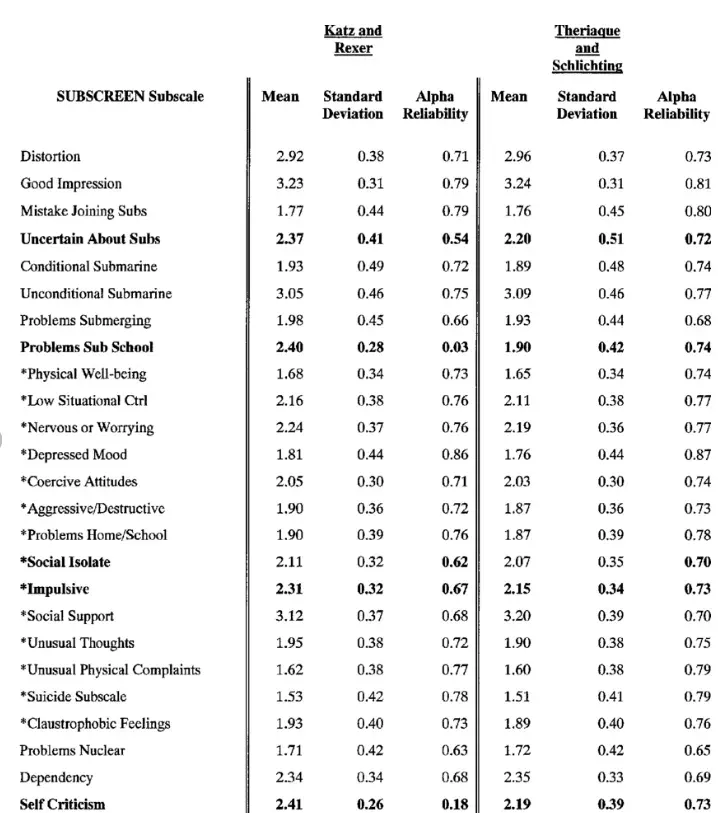Space Society Structure
Credit System
In the spaceship is the phase which we need to build connections and keep people hopeful and happy because it is easy to get anxious due to the time they have to wait to reach Mars, as well as separation from majority of humanity on Earth. To fix this, we have developed a system that can keep people entertained. This system is called the credit system. Under the system, everyone works for a set amount of credits + food (if they pay taxes 10%). You can also gain credits by doing activities such as participating in the ones hosted by us this will be good because we want to encourage people to join these activities to build a strong community. Participants can spend these credits on things such as extra housing and entertainment, but will only have enough to choose good housing and maybe 1 or 2 things for entertainment, or a lot of entertainment but no extra housing. This is to give a sense of progression and a goal in the spaceship to give everyone purpose during the journye. This also works as an encouragement for the crew to have their choice to complete activities as they wish.
An idea for a credit chip is shown below in Figure 1.

What Gives Credits
Things that give credits are not limited to regular exercise, participating in activities, working hard. Mainly, it will encourage hard work and good work ethics.
Leaders of the Space Society
We will have a board (us) which makes decisions about the journey along the way. Our team will consist of us and some other people which all have different roles.
The first role will be the problem solving one say if something goes wrong in the spaceship. This team will be the first to think of ways on how to solve it.
The second team is the social relation team. This is all about connecting will people on the ship and building relationships, as well as showing them that these people are great leaders who can be trusted in an emergency, where the leaders are to guide and lead everyone to a solution. These people will also be the main source of communication between the board and the rest of the crew explaining our decisions and gathering complaints and feedback for the board.
The crew will work normal work hours on Earth, to keep things mostly similar to on Earth. As food will be eaten in the same court, not only for convenience sake but also to announce things to the crew all at once.
There will be no elections within the crew for leaders. There however will just be a board who makes the decisions and makes activities. For communication we will have a person who is more likable on the ship to bring news and we will have all board members to receive the same amount of pay, to maintain equality.
Psychological
It is important to keep people mentally healthy during the entirety of this mission. If this is not done properly and people go insane, many negative consequences could happen, such as destroying resources and riots, greatly putting at risk the mission, and the possibility of leading to worse behaviours such as a civil war.
One way to help solve this problem would be through the C.O.N.N.E.C.T. method. Introduced by NASA, to help increase happiness and collaboration within the group. This is shown below in Figure 2, and described in more detail by the subheadings below.

C
This part of the acronym mans to "seek ways to support society and contribute the the great good" (Nasa, 2020) We need to constantly remind people that they are doing this for a great course because it brings a sense of purpose and belonging which is critical to be happy in any sort of society. We can do this by there being posters on the ship and during gatherings remind people that they are doing what people on earth can't for the future of the human race.
O
This part of the acronym means to "be open-minded: Look for ways to adapt to life's challenges" (Nasa, 2020). This could not only apply to the crew but also the us as well really focusing on communication to always be open minded to the ideas that any crew presents will be a really important part in this mission. Because people want to be heard by ignoring theme we will be presenting our self as the enemy which, if that happens will be the downfall of the mission.
N
This part of the acronym means to "Making new contacts: Interact with others to create new activities and share information" (Nasa, 2020) We can do this by the activities that we mentioned earlier by encouraging but not forcing them to interact together through the credits method. It will make it so way more people actually show up the the event and are more willing to take part in these activities. These activities can focus on team building things such as bomb defusal exercises and sports, which we can make new ones due to the low gravity in space. Another way we can keep people happier on this trip through connections would be through calling family members or friends on the trip to keep moral up.
N
This part of the acronym means to "Keep a routine: Eat and sleep well, maintain physical and emotional health, exercise. Ways that we could implement this to benefit the happiness of the crew would be especially focusing the exercise part of this section. It is a proven fact that when you exercise " a number of neurotransmitters are released, Including endorphins, endocanabinoids, and dopamine" (Healthline, 2022) by encouraging exercise through the credit system we can keep people coming back to the gym and doing regular exercise which will keep the crew as a whole happier.
E
This part of the acronym means to "Confront challenges head on: Seek support from and provide support to others" (Nasa, 2020) The way that we are going to implement this into our mission will be having a few psychologists. If someone is struggling they can go to a safe space in which they can talk about their feelings. To add on top of this we will try and pick people without a history of mental health problems in order to make to job easier on everyone.
C
This part of the acronym means to "Reduce stress: be mindful of your strengths, try journaling and sharing your concerns" (Nasa, 2020) We will implement this by being open to feedback and actively encouraging it. This is to show the crewmates that they have agency over how they can live and we are not working against them this is all a team effort.
T
This part of the acronym means to "Build on what you've learned in life: Enhance skills and learn new ones" (Nasa, 2020) The way we are going to implement this into our mission will be by again reminding the astronauts they are here for a reason. They have been called to do the most important thing in human history. To move planet from earth to mars.
Picking Astronauts
There are many factors that we look at to decide who to bring on the ship, them being: Occupation, Medical history, criminal record, Family/living situation and age. Then finally have a psychological screening afterwards and only then will they be picked. This is similar to what happens in the Submarine Force of America (IPCA), and similar to the IPCA, all participation is voluntary, due to the huge mental, physical and social requirements of the mission.
How Many?
We will be bringing 50 astronauts. This is because:
- There is a large amount, allowing for continued survival of the mission in the case of medical issues
- The large number of astronauts will allow for effective production of resources and base management once on Mars
- The large amount of astronauts allow for a wide range of occupations (shown below), and a larger potential for reproduction and continuing colonies on Mars
- The amount is not too large to not have a sufficient resource provision for, thanks to the short travel time to Mars
- The spaceship is quite large, allowing for comfortability of all crew members
Occupation
1. Scientists x8
- Astrobiologists: To study the martian life.
- Geologists: To study the materials, process and the physical nature of mars to get a better idea of martian terrain
- Atmospheric Scientists: To study the weather and climate of the martian atmosphere
2. Engineers x10
- Aerospace Engineers: For designing, repairing and managing the aircraft
- Mechanical Engineers: For repairing and constructing machines.
- Electrical Engineers: To mange, design and repair electricity based systems
3. Medical Personnel x4
- Doctors: For keeping people healthy from previous and future diseases(should also have the ability to give surgery)
- Psychologists/Psychiatrists: To support the mental health of the other astronauts
4. Agricultural Specialists x5
- Botanists: For growing food and understanding Martian soil for agriculture.
- Microbiologists: To manage and study microbes for agriculture and health.
5. Technicians and Skilled Workers x8
- Machinists: For making and repairing parts.
- Electricians: To solve and repair electrical problems
- Plumbers: To handle water systems and sanitation.
6. Environmental Scientists x4
- Ecologists: To be able to create and support a healthy ecosystems.
- Hydrologists: To find and manage water.
7. Construction and Habitat Specialists x3
- Architects: To design the rooms on the spaceship as well as future buildings/homes on mars
- Civil Engineers: For building infrastructure and maintaining habitats.
8. Communications Experts x2
- IT Specialists: To make sure we are able to communicate with Earth, and with each other on Mars, such as when different crews are in different areas
9. Human Factors and Ergonomics Experts x2
- To make sure the martian environment is best suited for humans as it can possibly be.
10. Educators and Social Scientists x2
- Teachers: To educate children.
- Sociologists/Anthropologists: To make sure there is a healthy social environment in the colony
11. Security and Emergency Personnel x2
- Security Experts: To maintain and enforce order and safety within the colony.
- Firefighters/Rescue Personnel: For emergency response
There will be 50 people on this flight so it is important to have an equal balance of all of them.

Medical History
We will be looking at both physical and mental medical history to decide if someone is suitable for the mission. A physical problem could include being prone to heart problems, strokes, epilepsy, asthma and blindness. All of these would affect the ability to work on the ship and could also cause problems for other crew members meaning that people with these disabilities will not be taken on the mission. Mental disabilities are also important to look at too because "Psychological dysfunction is an extremely large disqualifying category in the submarine force." (IPAC). This is because mental disabilities often affect people's actions, and the wrong actions can lead to the crew dying. Mental disabilities could include but are not limited to: Anxiety, borderline personality disorder, depression, obsessive compulsive disorder, Schizophrenia. An example of a mental disability being bad for the rest of the crew is if someone has Schizophrenia which is characterized by having "hallucinations, delusions, thought disorder, social withdrawal, lack of motivation" (betterhealth) if someone who has Schizophrenia had a hallucination and broke the wrong thing or hit the wrong person it could cause serious issues with the rest of the crew and endangering everyone.

Criminal Record
We will also look at criminal record which is also a massive disqualifying factor for submariners (IPAC) the reason for this is that in Australia the re offend rate is 28.1% in just 12 months (NSW GOV, 2024) which is quite high considering on average it takes just 4 people to be put on the ship for there to be a crime. For this reason we will not accept anyone with a criminal record. Also anyone with any substance abuse will not be taken on for obvious reasons of not supporting their drug use or have someone dealing with withdrawals on the ship.
Family / Living Situation
It's also important to look at someones living situation in order to make sure they will be happy on ship. If we have someone we want to bring on it's also important to think about bringing their family because never seeing them again can have a serious strain on their mental health. And if we cannot bring their family for any reason it would be best to seek other options then picking this person. Additionally we would want to bring as close as we can to equal females and males, for them to boost the population of, and hopefully eventually fully sustain, the Mars Colony.
Psychological Screening
This mission will take a great amount of resilience and mental strength to get through due to how different and more stressful it will on earth so we have decided that Psychological screening is beneficiary in order to make sure we pick the right people who will stay strong during this time. This will be through as series of tests and questions we will get an idea of the mental well being and the mindset of the person we are testing. We will have a list of traits and how many people have them out of a group, such as shown in Figure 5 below.

As you can see above in Figure 5, there are many different factors and scales that are used to measure someones ability to work on this mission.
Health
We will take care of the astronauts health by constantly encouraging them to go to the gym that has been made inside of the ship. They will also always eat healthy food because that would be the only type of food that we can grow the provide. Sleep with also be encouraged with there being a curfew at 11pm.
Space Suits
This space suit will be very similar if not identical to the NASA space suit the only change that we could make is to survive dust storms otherwise the same problems with the Moon also exist on Mars.
Life Support
Some of the key life support features required by the space suit are:
Oxygen: A fan circulates oxygen, whilst removing the carbon dioxide in the suit that the person exhaled (Nasa, 2019)
Cooling: Cooled water runs in the tubes near the astronauts skin to keep the astronaut at a suitable temperature during their time outside of earth (Nasa, 2019)
Power: On the back of the suit is a backpack that powers it (Nasa, 2019)
Communication: "A communications cap is worn under the astronaut's helmet that contains earphones and microphones" (Nasa, 2019)
These are the key factors that keep the space suit as a critical part of an astronauts survival, there are many other factors of a Space suit that go into it. Of course, there are more factors, but these will be provided by the NASA space suit we will use as a 'template' and a starting point for our suit design.